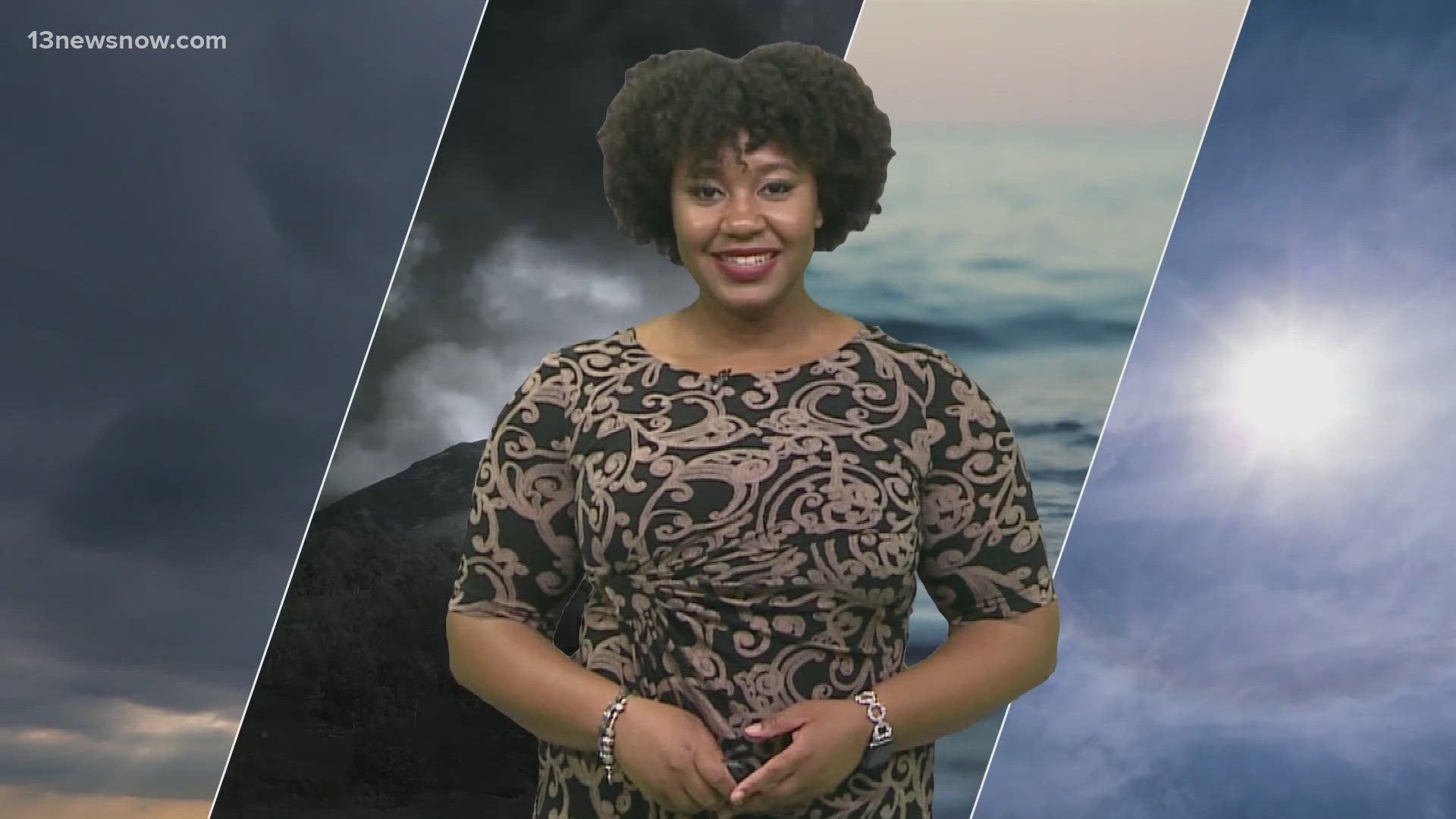NORFOLK, Va. — Most of us in Virginia and North Carolina love those fantastic late-summer and fall cold fronts that drop our temperatures and humidity. But have you ever wondered how cold fronts form?
To get a full understanding, we have to start by defining what exactly a front is. A front is a boundary that separates two different air masses.
In the case of cold fronts, one air mass is cool and dry, while the other is warm and moist. When a low-pressure system is present, its counterclockwise motion draws cooler air from the north toward the south. That cool air then begins to wrap around the center of low pressure.
And on the other side of that low-pressure system, warm, moist air is present. A cold front forms when the cooler, drier air bumps up against and moves under the warm air, forcing the warm airmass to rise up into the atmosphere. This is because the warm air is less dense than the cool air.
In the world of meteorology, the formation of a front is called "frontogenesis."
As the warm, moist air rises, it cools and condenses, forming the signature lines of clouds and storms associated with an incoming cold front.
Once the cold front moves through an area, the cooler, drier weather settles in and leaves behind lower temperatures, lower humidity, and clear skies.
Once the cold front falls apart, a big change in weather is no longer expected. The dissipation of a front is called "frontolysis."
That’s how your weather works!

